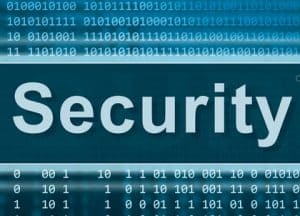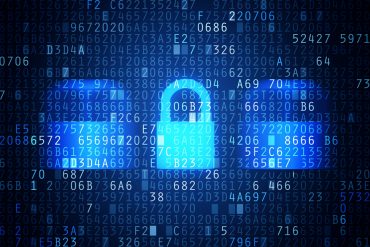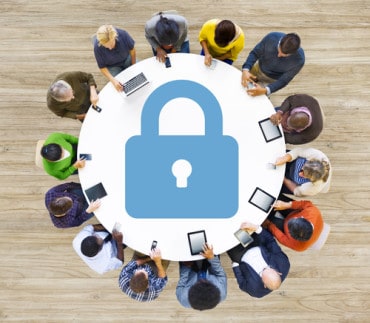
SOAR works because it effectively delegates responses to security threats based on the type of event and the necessary intervention level.
Security evolves so rapidly that many companies are turning to DevOps principles to keep up. Called “SecOps,” this methodology involves a flexible, agile architecture for security and governance that adapts as new threats emerge. Security Orchestration and Automation Response (SOAR) is a stack of compatible software that enables organizations to assess threats and respond to events without tying up human involvement. Here’s how to implement automation in SecOps using SOAR principles.
See also: Continuous Intelligence Insights
Seven steps to seamless cybersecurity automation and SOAR
Automation not only speeds up response times but also improves outcomes because security experts only respond to the most challenging tasks. It helps eliminate false positives that derail overall company focus and provides data collection for insights into preventing future attacks and strengthening the network.
- Identify Standard Operating Procedure (SOPs): Companies need a full assessment of recurring processes within a conventional security infrastructure.
- Analyze the tools needed for SOPs: Make sure there’s a full account of what tools keep these processes running.
- Verify existing APIs: Test that each tool and its connection is operable and available for further development.
- Fill in gaps: If any API connectors are missing or unavailable, create them using the Open Integration Framework.
- Replicate and enhance processes: Playbook logic allows companies to create graphical workflows for process control and to facilitate absolute customization to respond to future threats.
- Enable progressive automation: SOAR contains a machine learning element that learns as it interacts with events.
- The alert is analyzed.
- Real threats get converted to incidents.
- Incidents are automatically assigned.
- Specific playbooks are launched.
- Train analysts and shift mindsets: Once automation processes take over, analysts may need time and training to learn to respond within the new workflow.
Automation will not replace humans
SOAR works because it effectively delegates responses to security threats based on the type of event and the necessary intervention level. Humans are never out of the loop—the opposite, in fact. Humans are an integral part of the workflow, based on three categories:
- Fully automated activities: No human intervention is necessary.
- Semi-automatic activities: The action is executed through APIs but requires a human trigger.
- Manual activities: These are higher-order tasks executed directly by the analyst.
Analysts can choose which processes to automate based on the company’s needs. With each event, analysts can automate geolocation, IP reputation analysis, or detonating attachments. Assessment takes mere minutes, making automation and SOAR a necessary part of modern security strategies.
Featured Resource: Continuous Intelligence and the Era of Real-Time, Data-Driven Business [Download Now]






